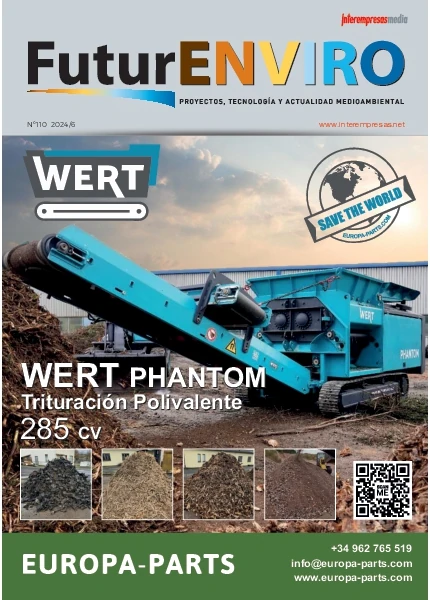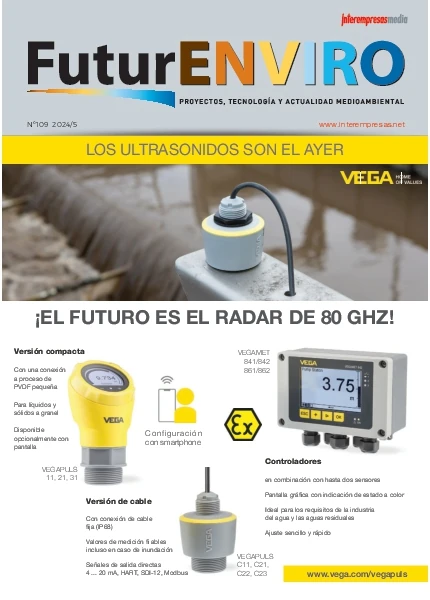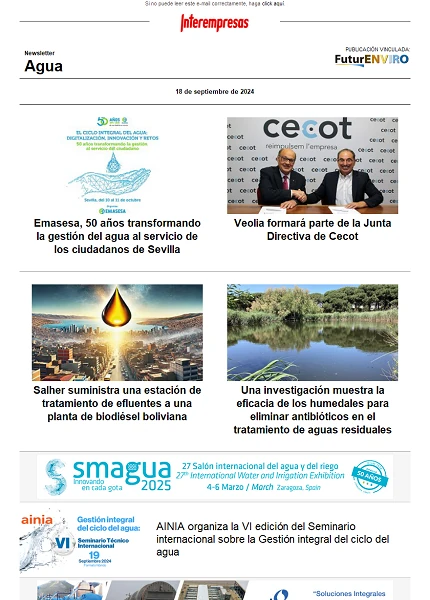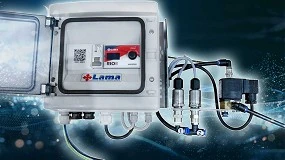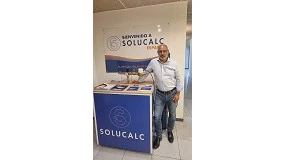Uso de metodología ACV para la evaluación ambiental de alternativas de reutilización de agua
14 de julio de 2011
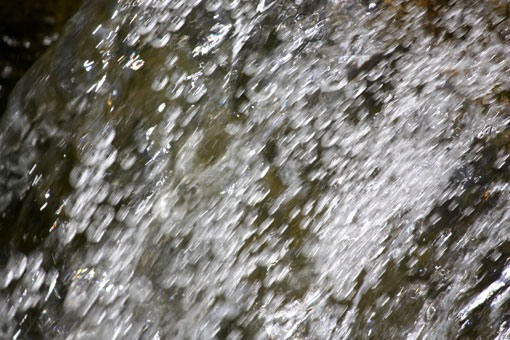
Introducción
Las aplicaciones en las que se puede utilizar el agua regenerada inluyen el riego, usos industriales, limpieza urbana, extinción de incendios, actividades recreativas, reabastecimiento de aguas superficiales, recarga de acuíferos, etc. Además, el uso de agua regenerada reduce el consumo de agua potable (y por lo tanto, evita el consumo de electricidad y reactivos necesarios para potabilizarla) (Sala y Serra, 2004).
A pesar de que con las estrategias de reutilización de agua residual se pretende enfrentar el problema de la escasez de agua, se debe asegurar, por otro lado, que las acciones implementadas para resolver este problema no acarreen otros daños ambientales. Por este motivo, es necesaria la realización de una evaluación ambiental de las alternativas de reutilización de aguas residual, utilizando una metodología objetiva. En este contexto, la metodología de Análisis de Ciclo de Vida (ACV) es un enfoque adecuado para la evaluación ambiental de productos, procesos o servicios, y para la evaluación de diferentes alternativas.
Materiales y métodos
a) Agua regenerada, para ser aplicada en riego agrícola: en los cálculos se han contemplado sólo las etapas de tratamiento correspondiente al tratamiento terciario del agua residual, además del beneficio ambiental debido al ahorro de fertilizante.
b) Agua regenerada para ser aplicada en usos no-agrícolas: en los cálculos se han contemplado sólo las etapas de tratamiento correspondiente al tratamiento terciario del agua residual.
c) Agua potable, obtenida a partir de tratamiento convencional de potabilización: se ha obtenido el perfil ambiental medio proveniente de diferentes plantas potabilizadoras estudiadas previamente y de plantas genéricas obtenidas en base de datos.
d) Agua desalada, obtenida a partir de la desalación de agua de mar mediante ósmosis inversa (Meneses et al., 2010): se ha obtenido el perfil ambiental medio proveniente de diferentes plantas desalinizadoras estudiadas previamente.
Además, se ha realizado un análisis económico de estas alternativas, cuando el agua producida en cada una de ellas se utiliza para usos agrícolas o no-agrícolas.

Sin embargo, los resultados pueden ser aplicables a otras plantas similares. Todos los consumos de materia y energía de la planta se relacionaron con datos de inventario de cargas ambientales proporcionados por la base de datos ecoinvent v2.1. Estos datos fueron adaptados al mix eléctrico español y al modelo europeo de agua y transporte. En este estudio,
hemos evaluado el indicador de Cambio Climático (GWP, Global Warming Potential, kg CO2 eq.), calculado de acuerdo con la metodología CML2000, además de dos indicadores ambientales adicionales: el Uso de Agua (WU, Water Use, m3) y la Demanda Acumulada de Energía (CED, Cumulative Energy Demand, MJ). El indicador de uso de agua indica el consumo de agua proveniente de diferentes orígenes (agua dulce, agua superficial, agua subterránea, etc) a lo largo de todo el ciclo de vida.
Resultados y discusión
El impacto del tratamiento terciario en una EDAR donde la materia prima es un residuo regenerado (agua residual de origen doméstico) puede ser comparable al impacto de la obtención de agua potable en una Empresa de Tratamiento de Agua Potable (ETAP), a pesar de que este último puede presentar problemas de suministro (agua de río, embalse o pozo).

Para los usos no potables del agua, si no se utiliza agua regenerada, se utilizan por lo general agua de 3 tipos de fuentes: agua de pozo (consumo energético debido a su captación y transporte, además de consumo de recursos de agua dulce), agua de ETAP (consumo de energía y reactivos en su captación y tratamiento, además de consumo de recursos de agua dulce) y agua de IDAM, Instalación Desalinizadora de Agua de Mar (consumo de energía y reactivos en su captación y tratamiento).
El uso de agua regenerada en estas aplicaciones, por lo tanto, permite ahorrar los consumos de energía, reactivos y recursos de agua dulce derivados de las 3 fuentes anteriores, y por tanto, evita sus impactos ambientales. Por otro lado cabe destacar que el agua residual es una fuente continua, que no depende de la climatología.
El indicador de uso de agua, mide el consumo de agua fresca (ríos, lagos, agua subterránea, etc.) y salada, en todo el ciclo de vida del proceso, incluyendo el agua utilizada en la generación de energía eléctrica para producir los distintos tipos de electricidad (por ejemplo el agua utilizada en las centrales hidroeléctricas). Este indicador mide el consumo acumulado en todas las etapas del proceso sin precisar ni el lugar ni el momento del consumo. No se debe confundir por tanto con el consumo local de agua, muy significativo en tiempos de sequía. Por este motivo, el indicador de uso de agua indica que para obtener 1 m3 de agua apta para usos no-potables, a partir del terciario de una EDAR, se requiere menos cantidad de agua (1,3 – 1,45 m3, dependiendo de la aplicación) que para producirlo en una ETAP (2,74 m3), en tanto que en una IDAM se consumen 18 veces esa cantidad de agua (26,2 m3). Sin embargo, la mayor parte del agua incluida en este indicador es agua que se utiliza sin consumirse (agua de centrales hidroeléctricas, o agua de enfriamiento de equipos), o que proviene de fuentes consideradas inagotables (agua de mar). Por otro lado, el indicador del uso de agua dulce como recurso local expresa el consumo de un recurso, que siendo escaso en determinados sitios, adquiere mayor importancia.
Conclusiones
Al comparar agua potable y reutilizada para aplicaciones no agrícolas, a pesar de presentar impactos ambientales y económicos semejantes, el uso de agua reutilizada para reemplazar agua potable ayuda a preservar un recurso muy valioso (agua fresca).
El uso de agua desalada para usos no-potables no se ha de permitir, ya que el impacto ambiental y económico de su producción es significante, cuando comparamos con otras opciones.
Reconocimientos
- Meneses M, Pasqualino JC, Céspedes R, Castells F. 2009. Alternatives for reducing the environmental impact of the main residue from a desalination plant. J Ind Ecol (DOI: 10.1111/j.1530-9290.2010.00225.x).
- Pasqualino JC, Meneses M, Abella M, Castells F. 2009. LCA as a decision support tool for the environmental improvement of the operation of a municipal wastewater treatment plant. Environ Sci Technol 43:3300-3307.
- Sala L, Serra M. 2004. Towards sustainability in water recycling. Water Sci Technol 50:1-7.


